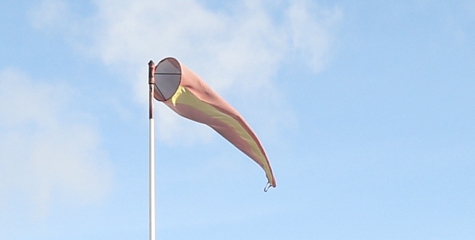Please use these boxes to provide up to 2 drivers of HIGH importance. Click on HELP to see examples:
|
|
Driver 1
|
Driver 2
|
|
Social
|
With the so-called “Digital Natives” generation – the age group that grew up with Web 2.0. – entering leading position in companies and politics the collaboration via the internet will accelerate in all areas of life and all scientific disciplines.
|
|
|
Technological/Scientific
|
The global establishment of novel forms of information technologies will revolutionise the way people interact and communicate with each other. The World Wide Web 2.0. enables more and more engineers, scientists and customers from all over the world to interact through virtual networks in order to exchange information and knowledge as well as collectively create knowledge.
|
|
|
Economic
|
The increasing mobility of knowledge workers will lead to a diffusion of specific and innovation relevant knowledge that was originally merely existent in R&D departments of innovating firms.
Additionally, the global success of open-source software development fosters a transfer of the initial open source concept from the sphere of software and digital goods to the domain of physical goods.
|
|

.png)
